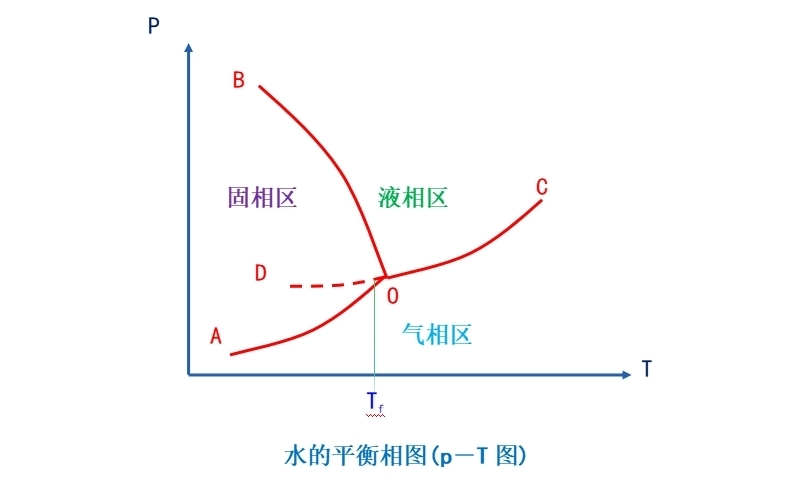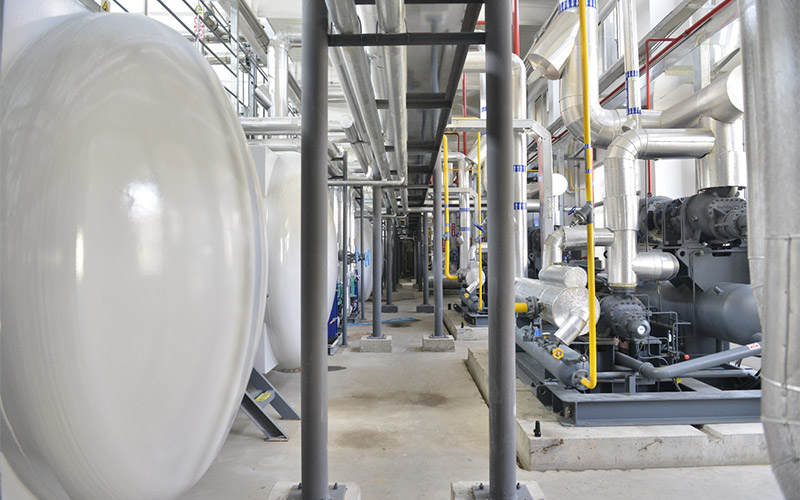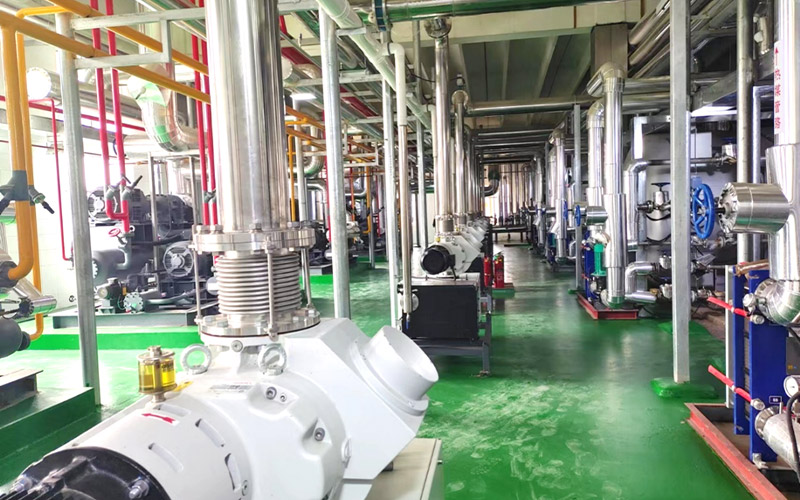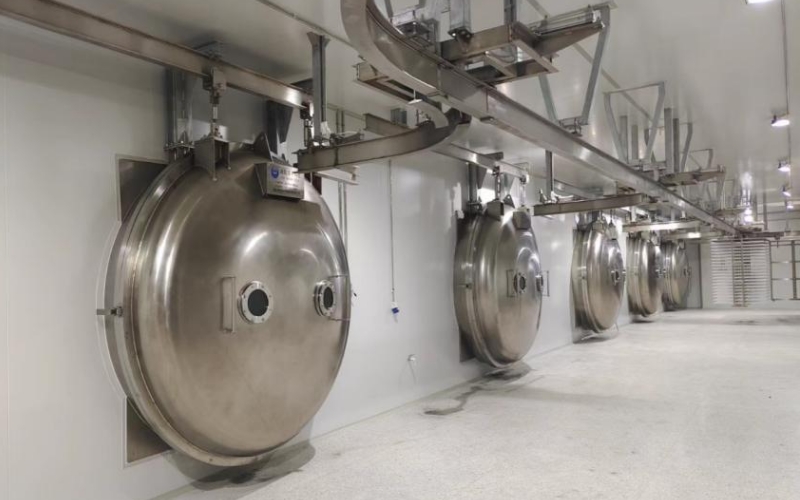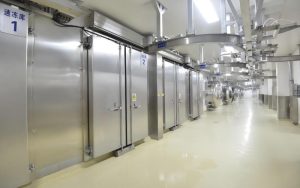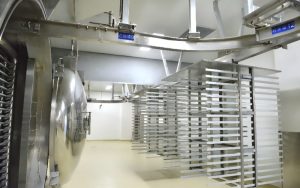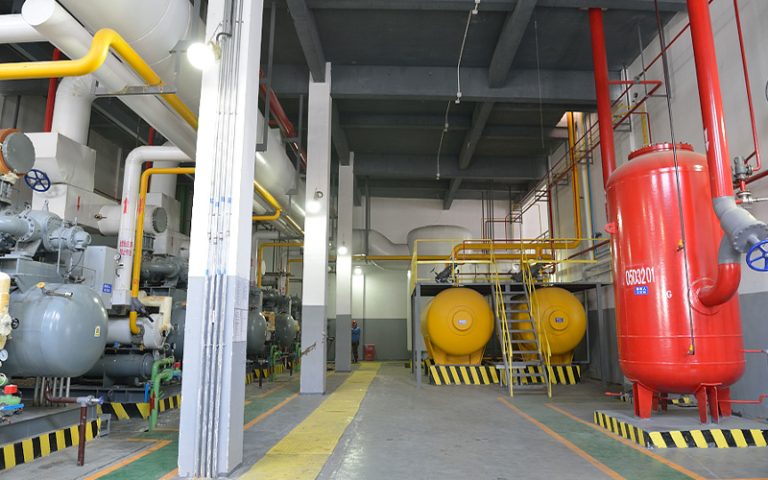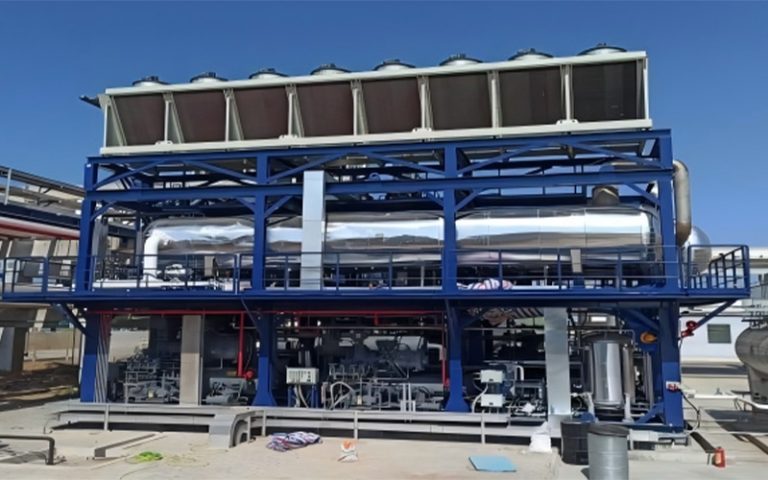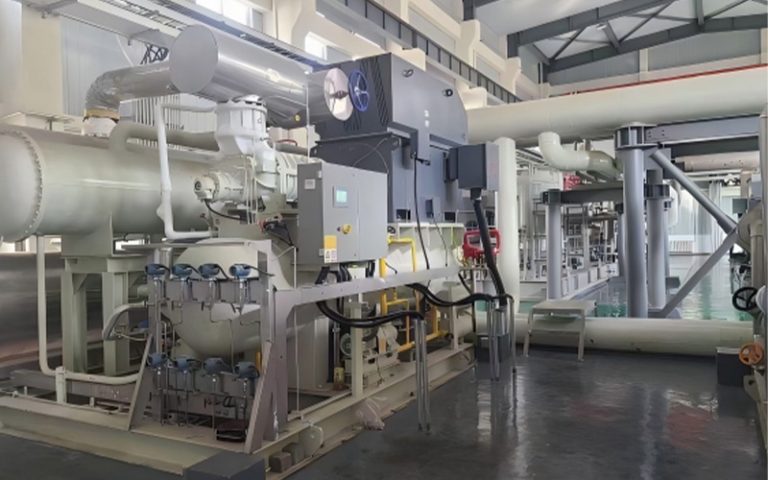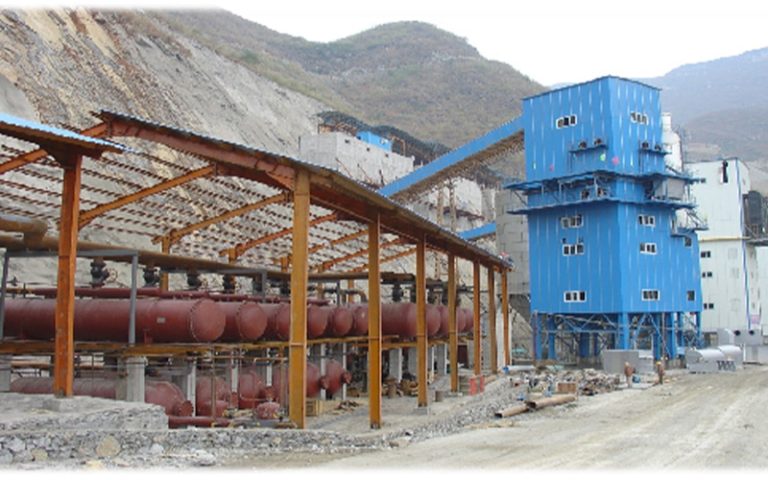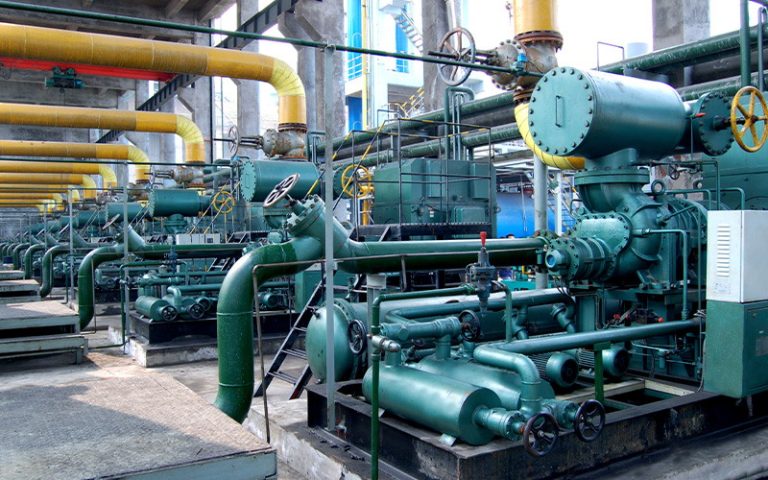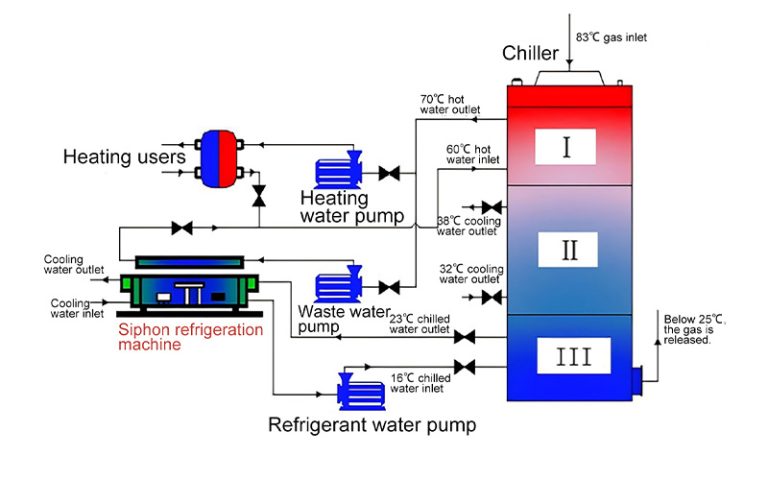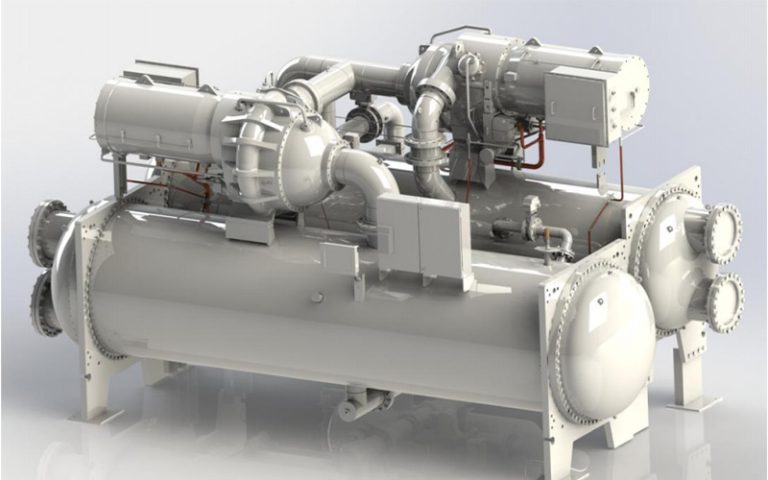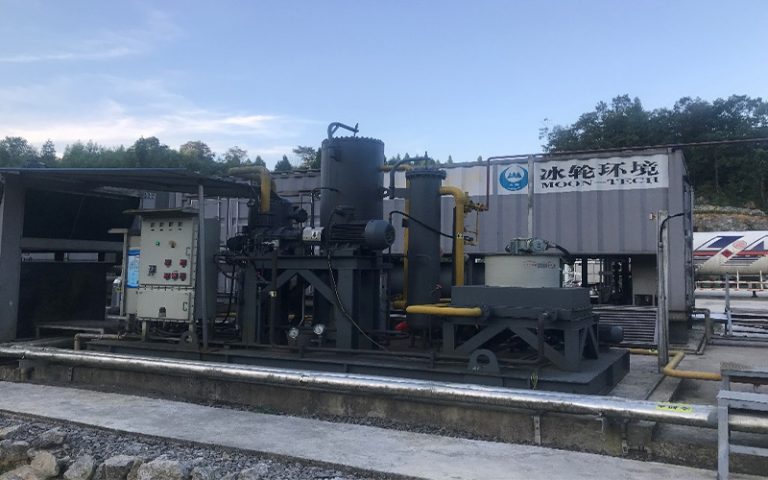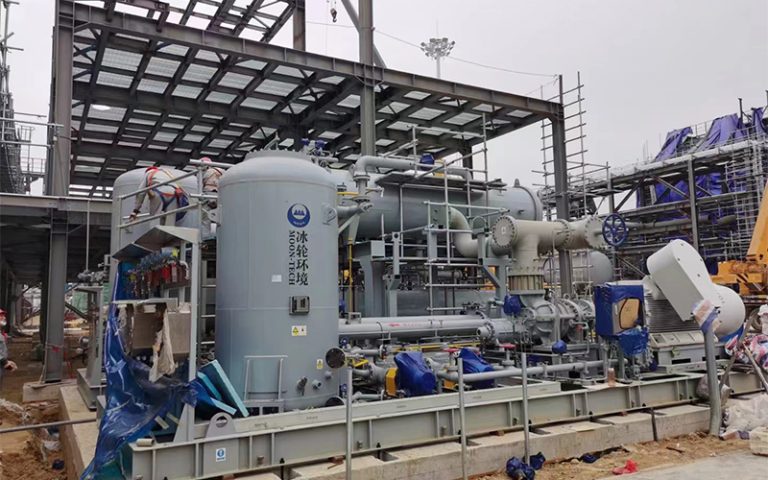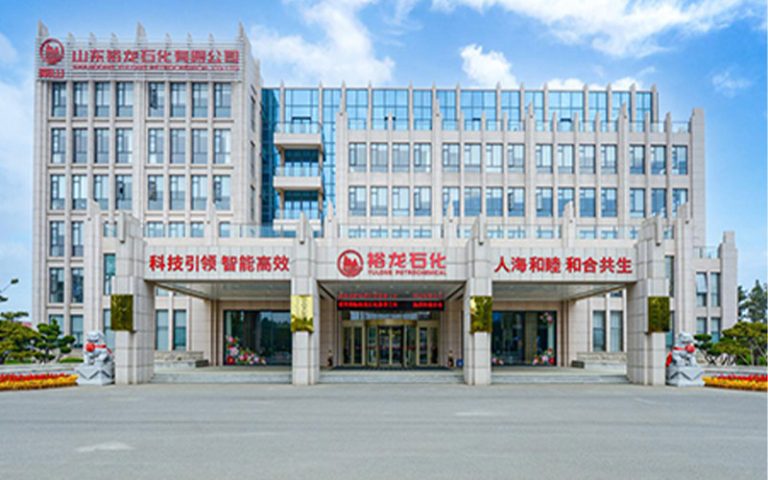With the advancement of international freeze-drying technologies, China has also made significant progress in both equipment and practical applications. Freeze-drying technology is now widely used across various fields in daily life and industrial production.
In Bioproducts:
Applied to the freeze-drying of vaccines, diagnostic reagents, serum products, animal specimens, etc.
In the Pharmaceutical Industry:
Used for antibiotics, vitamins, enzyme preparations, blood products, and more.
In the Chemical Industry:
Applied to the drying of catalysts, health supplements, handicrafts, books, etc.
In the Food Industry:
Extensively used for fruits, vegetables, fruit juices, seafood, pet food, instant coffee, ready-to-eat meals, snacks, and more.
The primary purpose of freeze-drying is to enhance product quality and extend shelf life, thereby improving the economic lifespan and commercial value of various products and foods.

